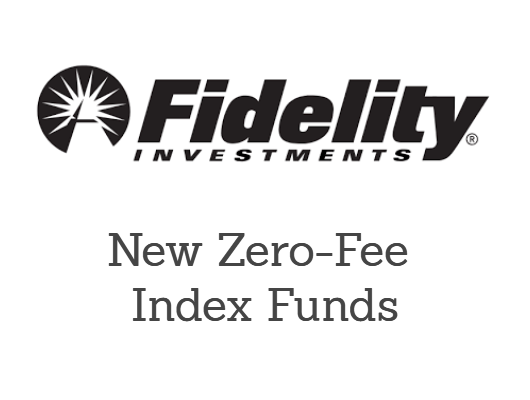Last week, we discussed the question: Is the Bottom in for Crude Oil. Oil has moved sharply off the $37/barrel low and last week was again threatening to top the all-important $50 psychological barrier.
Our take was that the move to $50 had been driven mostly by transitory factors such as improving investor sentiment and near-term buying driven by the potential for geopolitical unrest caused by the Syrian unrest. The longer term fundamentals for oil remain bearish and for that reason we weren’t real optimistic that oil would continue rising past the $50 barrier.
That view appears to be played out. Oil rejected the $50 level, falling as low as $45 in Thursday’s trading before mounting a decent bounce. Reuters published an excellent analysis showing just how oversupplied the crude oil market is going forward.
Reuters began by noting that as oil surged to $50 last week, volume in the December 2016 oil contract spiked to record highs, topping 180 million barrels on the week. This was double the level of trading volume over the previous month, showing a huge rush to sell into any appearance of pricing strength.
This particular contract is crucial to industry dynamics because December 2016 is the oil contract favored by industry hedgers, who want to lock in a sales price for full-year 2016.
December 2016 oil had previously fetched a $7 premium to the price of oil today on the spot market. Otherwise stated, when a barrel cost $45 in the current market, it previously was worth $52 in the December 2016 market. This premium collapsed to just $4/barrel during this avalanche of hedging, as oil producers desperately hit the bid and sold as much production as they could.
This rush to hedge the moment oil hit 50 contrast sharply with the industry’s reaction earlier this year. During the move this spring from $40 to $60 a barrel, the industry only engaged in moderate levels of hedging as most executives inaccurately bet that the worst had already passed.
Due to the rapidly deteriorating financial situations of many smaller oil and gas producers, hedging is now a requisite activity rather than an optional way to try to enhance future cash flows.
Banks, watching as the value of oil industry shares and loans implode, are suddenly fretting. They are unwilling to extend any more credit to small oil producers, and are taking whatever means they can to start getting their money paid back as quickly as possible.
Many of the loans banks made to oil producers require the companies to have predictable cash flow levels to not have the loans called or provisions tightened. So oil producers are scrambling to hedge, even at these low prices, to avoid further wrath from the alarmed banks and try to avoid having to head into bankruptcy outright.
The rush to hedge is also creating another problem, with a sales price locked in, drillers who can produce at even a marginal rate of return can lock in a profitable sales price and keep pumping more to produce the cash necessary to fund their interest payments.
As one oil and gas strategist put it, “Any little rally ends up getting suffocated by the new production it unleashes.”
While it was previously thought that oil had fallen below the marginal cost of production at higher levels, say $60 or even $70/barrel, it’s becoming clear that this was mistaken.
Oil companies are in a rush to hedge even at $50, making the best of the situation and insuring against even worse outcomes should the calls for $20 or $30 oil materialize.
The global situation has changed, as the marginal producer, the one who in effect sets the world price, now resides in the American Midwest, rather than in Russia or Saudi Arabia.
This change has unleashed a much more ruthless form of cutthroat capitalism onto the formerly clubby global petro-scene dominated by the OPEC cartel. This has been a great result for the American economy and consumer enjoying more domestic employment and lower gasoline prices.
But for oil producers, it’s been a dark development, and with every passing day, it becomes more probable that oil isn’t going back to anywhere near the old $100/barrel in the intermediate future.


